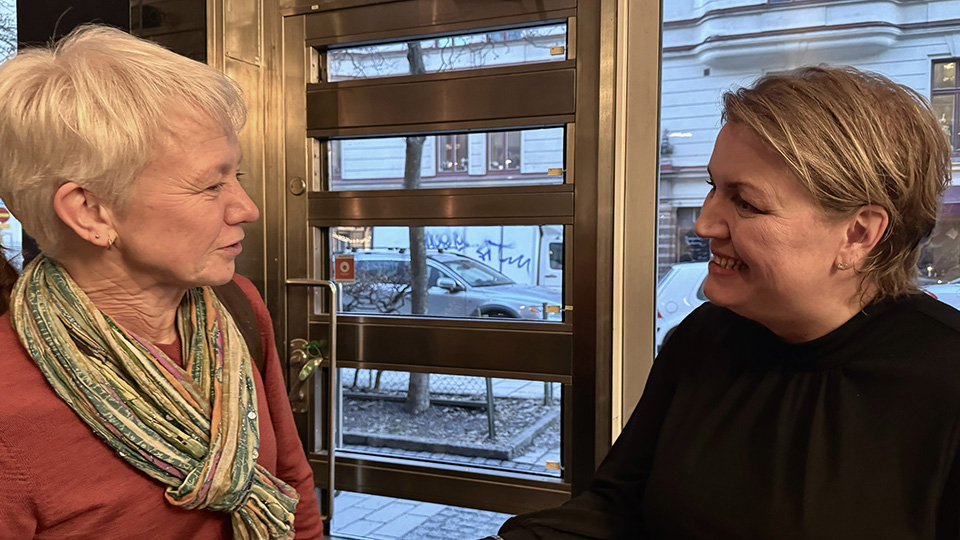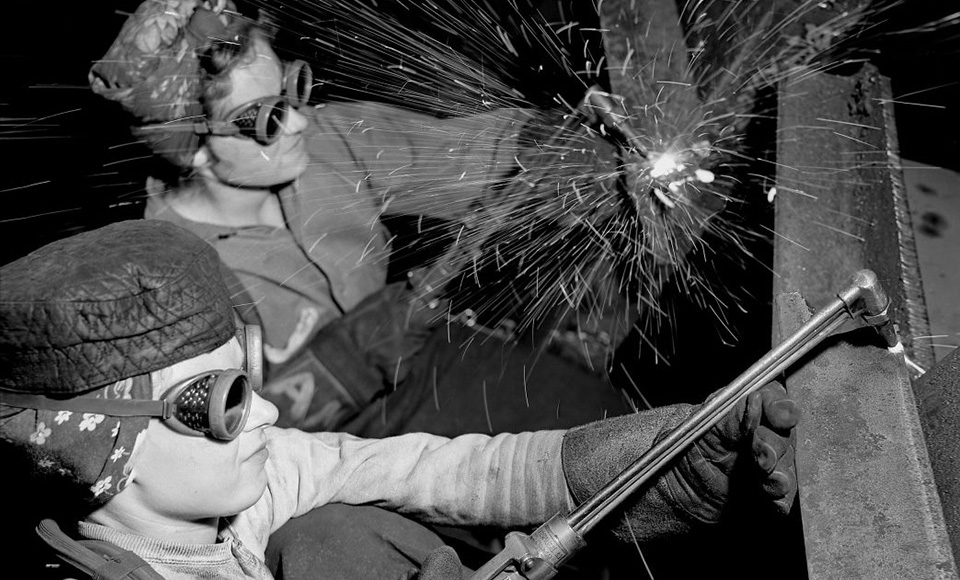Congratulations to Lotta Jakobsson on the award ‘Fe of the Year 2024’

Yesterday, on March 6, Lotta Jakobsson, Director of Luleå Transformation, SSAB was named “Fe of the Year 2024” during an award ceremony at Näringslivets hus in Stockholm, Sweden. Lotta was one of a total of 40 nominated women over 40 years, who with their experience and knowledge have made special contributions to the mining and steel industry in Sweden.
“Congratulations to Lotta Jakobsson who most deservedly was named Fe of the Year! The award has an important role in highlighting good role models to continue the work with increased diversity in heavy industry” says Ulrika Molander, COO of GreenIron and one of the 40 nominated women.
On stage, discussions were held about the work with gender equality in the mining and steel industry. How has the attention to gender equality evolved over the years? What are the most effective pieces of advice for leaders and managers in industries with predominantly male workforces to successfully integrate gender equality work?
Behind the annual event and the ’40 over 40′ list stand the employer’s organisation Industriarbetsgivarna, trade organisations Jernkontoret and Svemin, as well as the networks Metallkvinnor and Women in Mining Sweden. (‘Fe’ stands for iron in the periodic table.)
We at GreenIron would like to congratulate all 40 women who were nominated for this award. With your competence, you are the role models that the mining and steel industry so desperately needs. Focusing on bringing more women into the mining and steel industry to ensure competence supply in the future is a question of survival for the industry. Women within the mining and steel industry make up only just over 20 percent of all employees. But to remain competitive on the global market, it is essential that the industry is attractive to everyone with the right competence.
And it is no coincidence that the “Fe of the year-award” coincides with Women’s Day tomorrow on March 8.
Short Facts & History

Cover, Life magazine, 1943. Two American, female welders in a steel mill. Photo: Margaret Bourke-White
- The character ‘Rosie the Riveter’ was a feminist symbol and an icon of a historic shift in the American workplace in the early 1940s as the United States entered World War II. Women then began to be utilised as labour on a large scale, working in factories, e.g. in the mining and steel industry, to replace the millions of men who had gone off to war.
- In the 1890s, an investigation at the Technical Institute (now KTH) determined that the more technical courses such as mining science, mechanical engineering, and road and water engineering were unsuitable for the female intellect.Source: teknikens_kvinnorperspektiv_pa_en_mangfacetterad_historia_webb.pdf (sverigesingenjorer.se)
- Throughout history, women have played a significant role in the Swedish mining industry. For centuries, both men and women worked in mines. However, in the mid-19th century, perspectives on women’s employment within ore extraction changed, and a number of European countries introduced bans on women working in mines. In Sweden, women were prohibited from working underground in mines in 1900, and it would take nearly 80 years before the law was finally repealed.
- Today, women make up 23% of the workforce in the Swedish mining and steel industry. For white-collar, the number of women is higher, close to a third (32%), for blue-collar side 17% are women.
